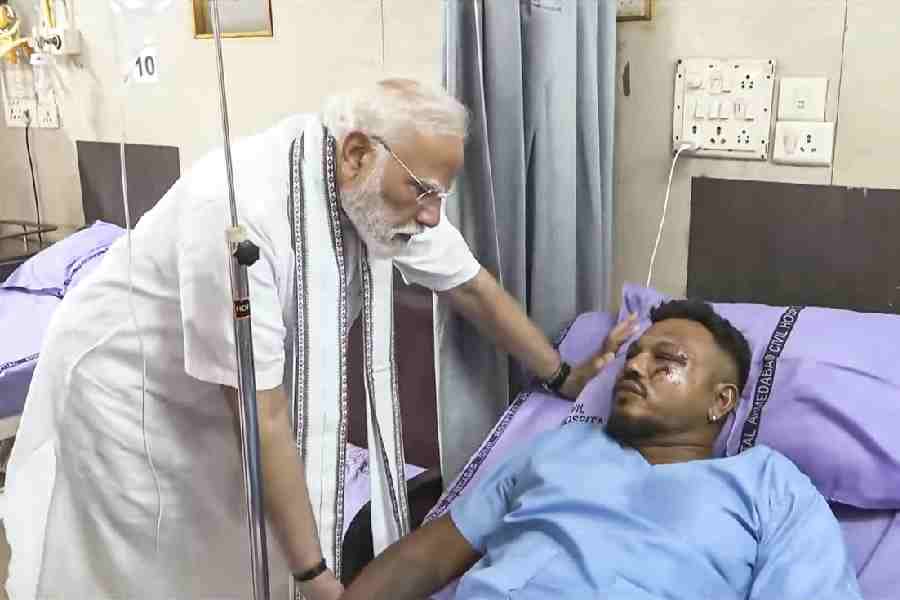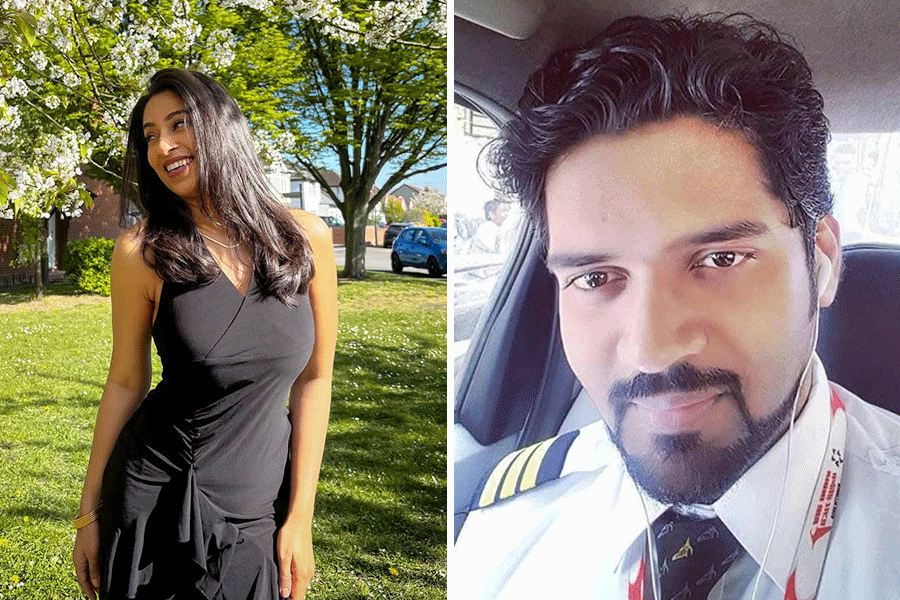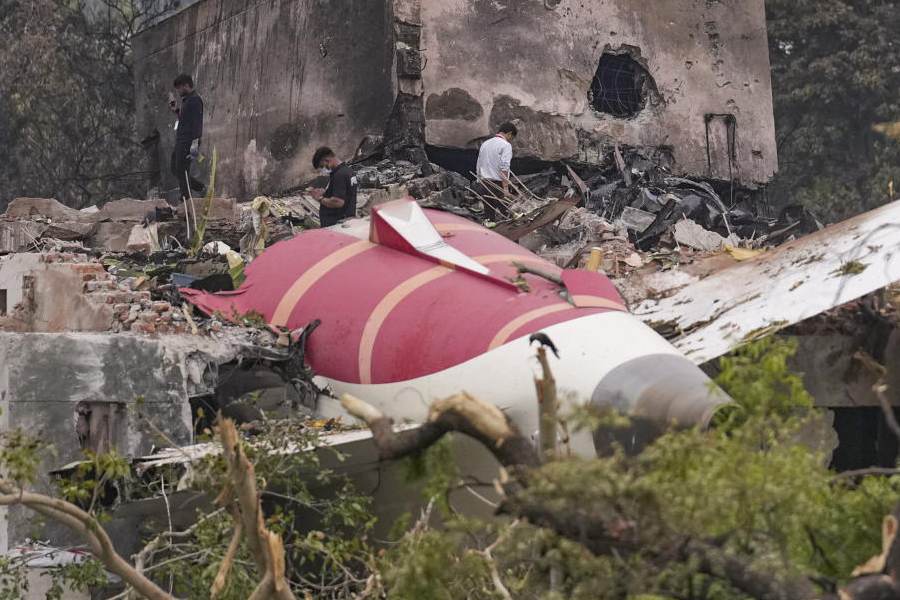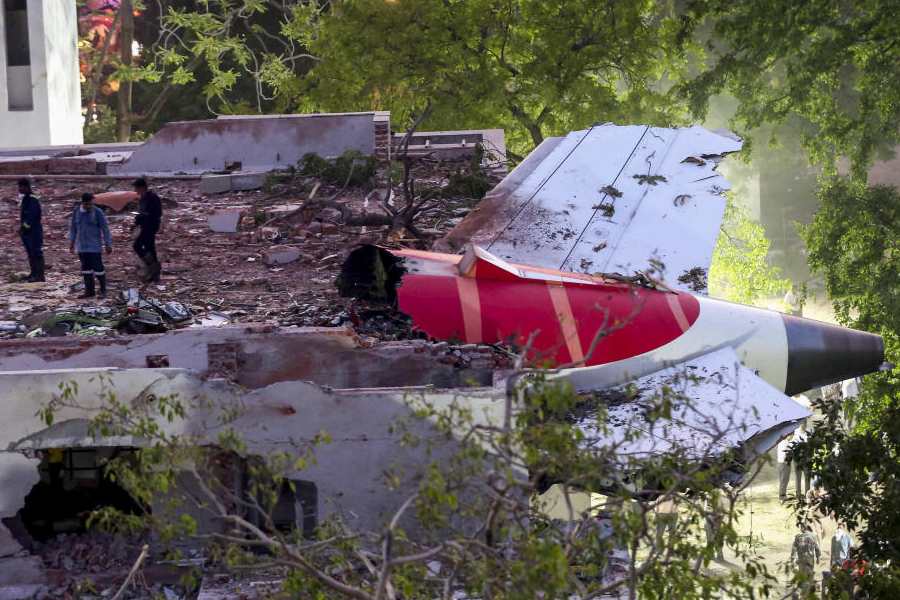New Delhi, Aug. 13: A government agency that carries out surveys on social, economic and educational developments has come out with statistics that show backward segments and minorities are still way behind the general class when it comes to higher education.
In its 64th Round report, the National Sample Survey Organisation (NSSO) said the Gross Attendance Rate (GAR) among Scheduled Castes, Scheduled Tribes, Other Backward Classes and minorities was far lower than the general community.
The low GAR, which refers to participation of people in higher education in the 18-23 age group, means these segments have failed to progress much despite government interventions like reservation of seats.
The report assumes significance in the backdrop of the controversy surrounding Prakash Jha’s film on reservation, Aarakshan .
According to the NSSO report, which covered 2007-08, the GAR for Scheduled Castes and Scheduled Tribes was 8.92 per cent and 5.64 per cent, respectively, while that for OBCs was 11.48 per cent. For Muslims, the figure was 7.7 per cent.
The report said the GAR for higher social groups was 20.51 per cent. In other words, over 20 among every 100 youths from the general community were pursuing higher education.
This means tribals, Muslims and Scheduled Castes are way behind when it comes to enrolling for higher education. It also shows that while the Other Backward Classes are ahead of them, the OBCs are still nowhere near the general class.
Sukhadeo Thorat, the chairman of the Indian Council of Social Science Research, said participation of SC/STs in higher education has been historically low because of poverty and backwardness.
“But there has been improvement in participation in higher education by SC/STs following several interventions by the government in terms of reservation and scholarships,” he said. “Their participation in higher education was around 1 per cent in the 1960s.”
About the gulf between SC/STs and the general class, he said the “gap continues” because of backwardness. “Most of these people enrol at the elementary level but drop out because of their poor economic background,” he said.
Professor Sudhanshu Bhushan of the National University of Educational Planning and Administration, said the government needed to focus on SC/STs and minorities, and the 27 per cent reservation for OBCs in central educational institutions reflected a misplaced priority.
“The policy of reservation of 27 per cent seats for OBCs in central educational institutions is justified only in the relative sense of deprivation to higher social groups. But OBCs stand advantaged in comparison to STs, SCs and Muslims,” Bhushan said.











